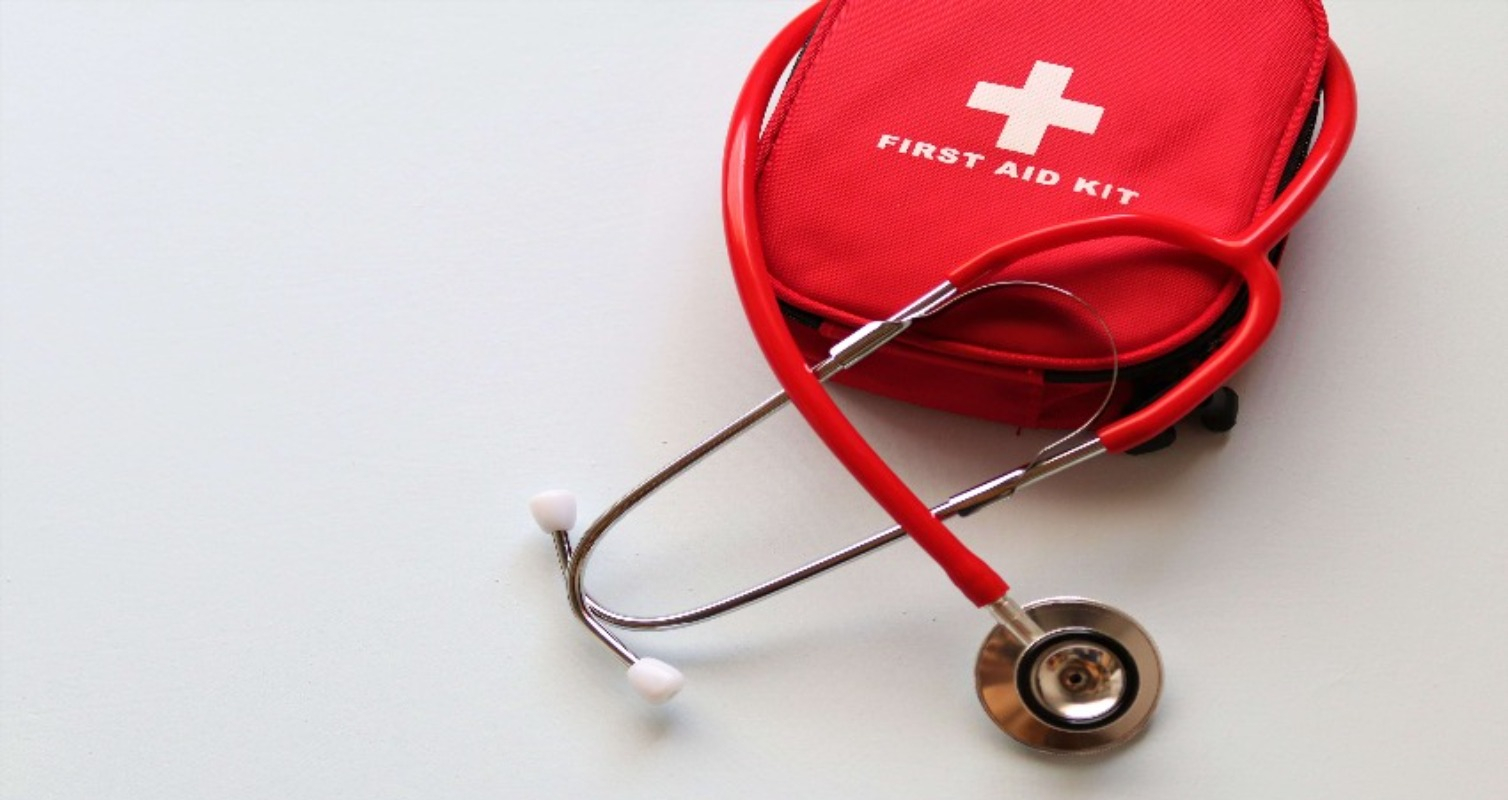According to an article by Alice Dordenker in The Japan Times, AEDs are now available in vending machines across Japan.
This interesting innovation is just one of the ways in which Japan is leading the world in AED deployment, after years of being far behind.
Alice Dordenker

Her report states that AED placement is increasing rapidly in Japan, ever since rules were changed in July 2004 to allow laypersons to use AEDs. About 45,000 AEDs were placed in Japan in 2006, according to cardiologist Dr. Hideo Mitamura, AED advocate.
A number of tragedies occurred before Japan brought its laws into line with international recommendations by allowing public access to AEDs.
The most publicized was the death of Prince Takamado, a member of the Imperial family who collapsed in September 2002 while playing squash. Although an ambulance arrived within eight minutes, paramedics were too late to resuscitate the prince.
Alice Dordenker
Placing the AED in a vending machine, says Dordenker, means people are more likely to learn its location and be able to get it quickly in case of an emergency. It also saves space to put the AED into the vending machine rather than having a separate storage cabinet. Unlike other vending machine items, use of the AED is free. At the same time, there is an alarm to discourage theft.
Laypersons in Japan are not required to have training to use AEDs, although free training is available at fire stations.
Why AED Accessibility Matters in Japan
- High Population Density: In cities like Tokyo and Osaka, rapid access to an AED in the first few minutes of cardiac arrest can dramatically increase survival rates—from under 10% to over 50% when used with CPR.
- Aging Society: Japan has the world’s oldest population; cardiac emergencies are more common, making widespread AED availability a public health priority.
- Legal & Cultural Support: Since 2004, Japan has encouraged AED deployment in public spaces. Good Samaritan laws protect bystanders who use AEDs in good faith, and public CPR/AED training is widely promoted by fire departments and schools.
Real-World Examples
- Train Stations: JR East and other rail operators have installed AEDs in stations—often in glass-fronted cabinets resembling vending machines—for instant access.
- Convenience Stores: Chains like 7-Eleven, Lawson, and FamilyMart frequently house AEDs near entrances, sometimes integrated into illuminated signage that doubles as a safety beacon.
- Rural & Remote Areas: In depopulated regions where ambulances may take 15+ minutes to arrive, AED vending-style kiosks at community centers or bus stops serve as vital first-response tools.
Interesting facts
- AEDs are not dangerous for a bystander rescuer or healthcare provider to use.
- You are not at risk of being sued for using an AED on a victim. AEDs are extremely safe.
Challenges and Innovations
While AED vending units are effective, challenges remain:
- Public Awareness: Not everyone knows how or when to use an AED.
- Maintenance: Units must be regularly checked for battery and pad expiration.
- Visibility: Some AEDs are poorly marked or placed in low-traffic corners.
To address this, Japan has seen innovations like:
- AED Map Apps: The Japan AED Foundation and local governments offer real-time mobile maps showing AED locations.
- AI-Powered Kiosks: Pilot programs in Tokyo test kiosks that detect emergency calls nearby and flash lights to guide rescuers to the AED.
- Solar-Powered Units: Deployed in parks and hiking trails for off-grid reliability.
Conclusion
Japan’s “AED vending machines” exemplify how the nation leverages its vending machine infrastructure not just for convenience, but for community resilience and life-saving readiness. By embedding critical medical technology into everyday public spaces—often in forms that resemble familiar drink or snack dispensers—Japan ensures that in a cardiac emergency, help is never more than a few steps away. This seamless integration of health tech into urban and rural landscapes underscores Japan’s commitment to a safe, prepared, and compassionate society.
